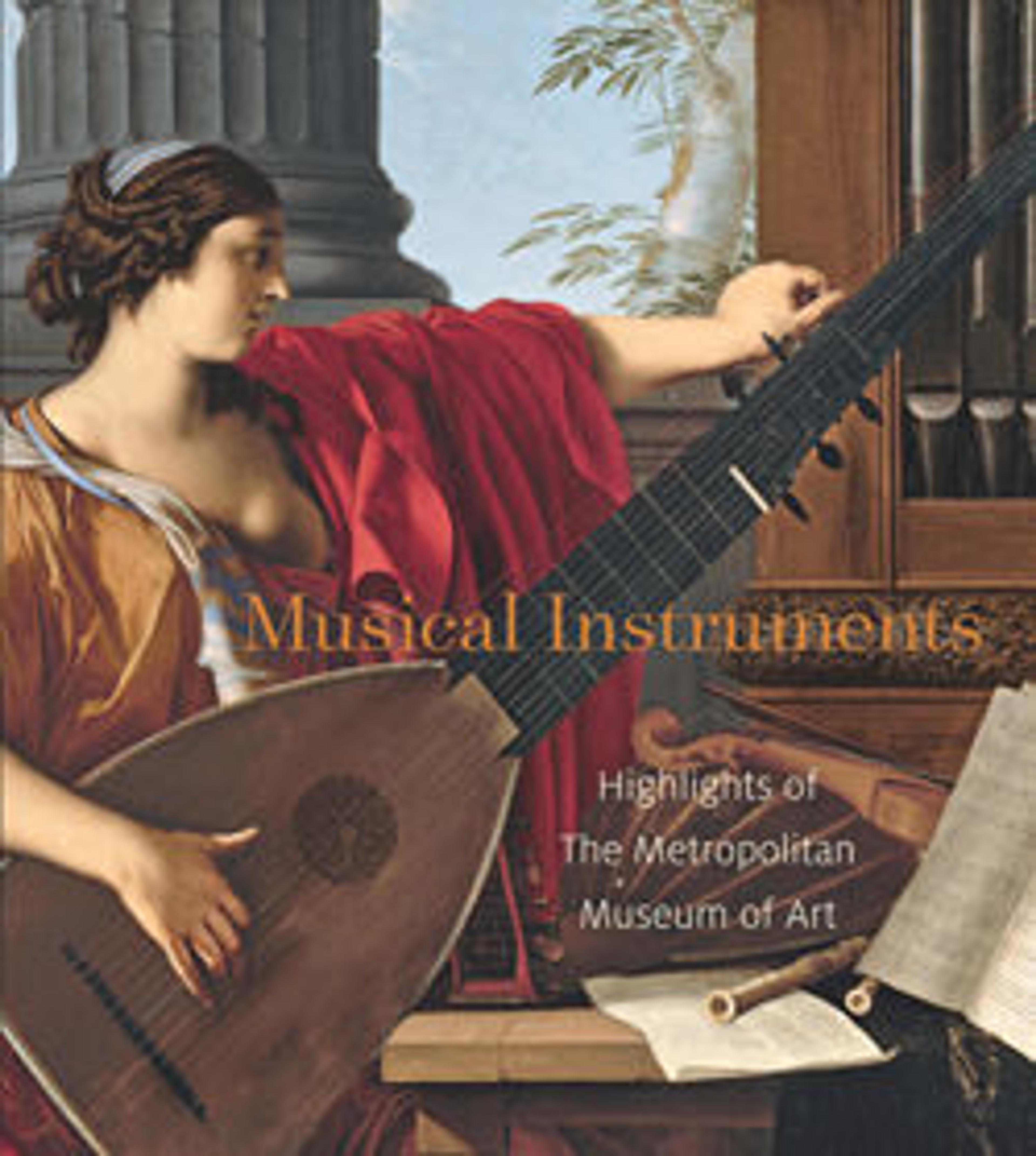Drum
Kuba drums with outward curved legs are rare and intended for the elite. Such prestigious objects were carved with pedestal bases to elevate the drum off the ground. The Kuba carved many different types of drums, many having a hand on the front, which was associated with the “iyol” soldier’s society. To join, one killed an enemy and presented their hand as proof. The elaborate surface designs reference textile patterns. The twisted rope-like pattern on the two legs of the drum’s base suggest the form of the high prestige belt (mwaandaan) worn by many Kuba titleholders.
Artwork Details
- Title: Drum
- Date: late 19th–early 20th century
- Geography: Democratic Republic of the Congo
- Culture: Kuba (Shoowa)
- Medium: wood, hide
- Dimensions: Overall:
H. 34 3/8 × Total Diam. 12 in. (H. 87.3 × Total Diam. 30.5 cm)
Weight: 55 lbs approx
Technical:
H. 34 3/8 × Total Diam. 12 in. (H. 87.3 × Total Diam. 30.5 cm)
Head Diam. 9 in. (22.9 cm); Body L. 23 3/4 in. (30.5 cm.); Base L. 10 11/16 in. (27.1 cm) - Classification: Membranophone-single-headed / conical drum
- Credit Line: Purchase, Robert Alonzo Lehman Bequest, 2013
- Object Number: 2013.623
- Curatorial Department: Musical Instruments
More Artwork
Research Resources
The Met provides unparalleled resources for research and welcomes an international community of students and scholars. The Met's Open Access API is where creators and researchers can connect to the The Met collection. Open Access data and public domain images are available for unrestricted commercial and noncommercial use without permission or fee.
To request images under copyright and other restrictions, please use this Image Request form.
Feedback
We continue to research and examine historical and cultural context for objects in The Met collection. If you have comments or questions about this object record, please contact us using the form below. The Museum looks forward to receiving your comments.
